At a Glance
Quick Tips
- Place trail cameras on or near water sources
- Glass early and late in the day
- Make sure you have plenty of supplies
- Some roads are three hours from town
- Hunt near water sources


Hunters engaging with the Southwest Desert unit in Utah highlight both the challenges and strategic opportunities of hunting in this area. There is a notable distinction between the draws for limited entry and general season deer, which have separate point systems, allowing hunters to apply and build points for both without one's outcome affecting the other. It's important to remember that start dates for the hunts can shift slightly each year, so staying updated on the schedule is crucial. For those considering this unit, feedback suggests mixed experiences with spike elk during the general season, and hunters might benefit from focusing efforts on known prolific areas within the unit.
Compared with other general buck units in Utah, this unit has low numbers of deer. Most of the land found here is public land but hunters should be prepared to cover a good deal of country to even spot deer.
This high-desert unit is so vast and isolated that some bucks get old enough to grow big antlers. This large unit giving hunters opportunity to get away from the crowds. This is a very remote unit.
This mostly public unit borders Nevada and includes a vast, high desert with no major rivers or large lakes but several rugged mountain ranges and rocky peaks. Deer water in small seeps, springs, ponds and guzzlers. Some of the unit is flat with thick pinyon-juniper forests where animals travel in washes or small canyons. Some valley lands are private, but hunters usually have no problems reaching public ground.
The main access roads are Hamlin Valley Road in the west and Pine Valley Road in the west. Several side roads branch from them, giving access to most of the unit. Access is good most of the year. Roads can become muddy. Hunters during monsoon season need to be wary when crossing washes. Be prepared to be stranded a long ways from the closest town.
Ponderosa pines and other conifers along with some aspens grow in high mountains. Middle-elevation canyon lands have grassy meadows, sagebrush, bitterbrush and scrub oak. At low elevations grow pinyon-juniper woods, sagebrush and oak brush. Pockets of water are found throughout the unit.
Milford and Enterprise have lodging, gas, groceries and other supplies. Camping is permitted on almost all public land.
Roughly 5,202 square miles
90% public land
Elevations from the 5,200-9,790-foot Indian Peak
ATVs are recommended but not necessary
Snow and rain can impede travel
Some remote areas